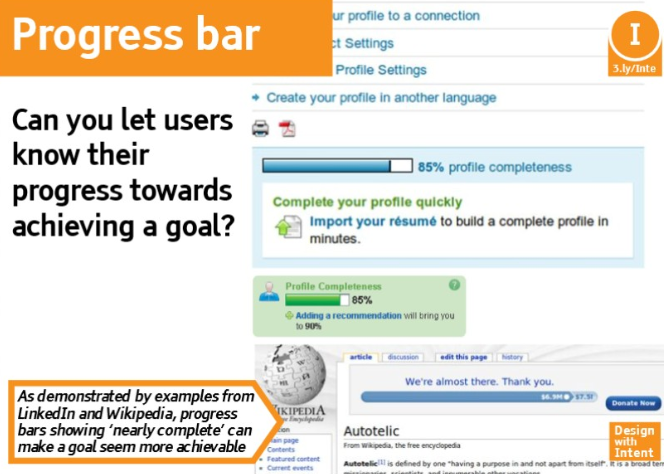What We Worked On
Our research topics are the things we consider the most problematic to realise, for example the transdermal application of antibiotics and the monitoring of the health state and the concentration of the antibiotic in the body with biosensors or similar. This also includes recognizing whether the body is responding to the particular drug or not.
We already know that for some drug substances it is possible (probably everyone has heard of a nicotine patch or a anti-pain patch), but the molecules for this must have certain criteria in size and composition to be able to overcome the skin barrier as quickly as possible and can absorbed into the bloodstream.
“RESEARCH, RESEARCH AND EVEN MORE RESEARCH“
On Thursday we had a Skype call with Mariana, our Cern coach, and she gave us feedback to the first version of our whitepaper. She mentioned the transdermal application „problem“ and told us about the current research about discovering new antibiotics with AI. So maybe it can be possible to find antibiotics that fits the needed criteria for transdermal application in the same way. Furthermore she send us some relevant papers about biosensors for healthcare monitoring and mass spectrometry tools for classification and identification of bacteria.
Later this day we learned something about behaviour change and gamification. The goal is to improve the engagement and the motivation of the people by using video game elements. An example for that are running apps, which motivate people using games and competitions with a community in order to avoid boredom while running.
But its relevance for our product SiMA is limited. Perhaps we can use the behaviour change method in terms of how important it is to not remove the bracelet.

Or for example something like a progress bar to show the user how far the recovery has gone.



Great to see the SiMA concept develop over the last couple of weeks. I really like that you have included references to the Design with Intent resources and that this was able to push your thinking about how you might be able to encourage users to engage with your solution. You seem to be diving in to the research and understanding the science which is incredibly valuable, but I wonder if you can spend some time understand what the form, shape, look and function of the device? Can you spent some times prototyping and testing various patches, watches, wearables? Or do you think it will be possible to integrate this ‘technology’ into existing smart watches etc.
Hey Aaron,
you’re right we definitely have to think more about the design and of course we will. We just wanted to check what is technologically possible first to maybe get a better understanding on how the device has to look like due to ist functions.
Regarding the existing watches and wearables we already doing some research on the functions that already exists. Unfortunately, in the near future we won’t be able to do any real prototyping since we won’t be able to enter inno.space, but we will find a way to compensate this.
Hey Aaron, thank you for giving us some much feedback lately.
Unfortunatly prototyping is a bit tricky at the moment, maybe you have some suggestions for virtual prototyping tools ?